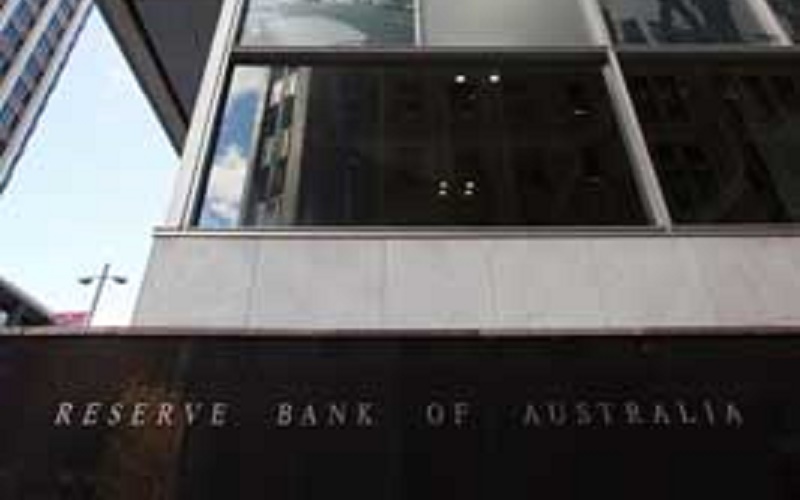As of 2 February, market activity suggested a 95% expectation of a hold at tomorrow's meeting.
Economists from all of the big four banks now agree that after the CPI indicator showed annual inflation dropped to 4.1% over the year to December 2023, there is no real case for another rate hike.
December also saw declines in retail trade and household spending, showing Aussies continue to tighten the purse strings, while the unemployment rate held steady.
If the cash rate is kept at 4.35% tomorrow, it would be the sixth time from the past seven meetings the RBA has decided against changing rates, but this was preceded by the period from May '22 to June '23, where twelve out of thirteen decisions were hikes.
Several lenders have already cut home loan rates in anticipation that the cash rate has peaked, with Macquarie cutting variable rates last week and others including AMP and BOQ slashing fixed rates earlier in the month.
While the reprieve for mortgage holders will dominate the headlines, the news that rates have likely peaked won't be universally popular, with rates on deposit products now also trending downwards.
After February's meeting, the next will be 18-19 March, and by then, fresh unemployment data for January will have been released (15 February); wages data for December (21 February); the monthly inflation indicator for January (28 February); and GDP for the December quarter (6 March).
Is that it for rate hikes?
With the cash rate target decision looking all but assured, much of the attention on February's decision has been focused on what RBA Governor Michele Bullock will have to say in her accompanying statement.
Most analysts, including CommBank's head of Australian economics Gareth Aird, expects Ms Bullock and the board to "retain a tightening bias" in the post meeting statement.
"Maintaining a tightening bias will signal to the fiscal authorities that it’s too early to declare the inflation fight over," Mr Aird said.
"The RBA would not wish to see fiscal settings loosened until further progress on inflation has been made towards the target band."
At the same time, ANZ Head of Australian Economics Adam Boyton said there could be subtle changes in wording that could suggest a "dovish tilt."
"[The RBA] could...be more definitive that labour markets are easing...by noting that conditions in the labour market have continued to ease, and by removing the word 'gradually' in the context of labour market easing...it could drop the description of labour market conditions as 'tight'," Mr Boyton wrote.
"We think the slowing in economic growth in the September quarter national accounts and the recent declines in business conditions should be reflected in phrasing to the effect that data received since the December Board meeting has provided additional confirmation that growth in activity across the economy has slowed."
Every word in the statement will be carefully analysed for all connotations, so any changes of phrase are usually considered significant, no matter how small.
Tuesday's decision will also mark the first time the Statement on Monetary Policy (SOMP) will be released simultaneously with the decision statement, as part of new reforms to make monetary policy more transparent.
ANZ expects downward revisions to GDP and inflation forecasts from the previous SOMP in November.
| GDP growth expectations (% growth Y/Y) | Dec '23 | Jun '24 | Dec '24 | Jun '25 | Dec '25 |
| Nov SOMP | 1.6% | 1.8% | 2.0% | 2.2% | 2.4% |
| ANZ prediction for Feb SOMP | 1.5% | 1.4% | 1.8% | 2.0% | 2.2% |
| CPI inflation expectations (% growth Y/Y) | Dec '23 | Jun '24 | Dec '24 | Jun '25 | Dec '25 |
| Nov SOMP | 4.5% | 3.9% | 3.5% | 3.3% | 2.9% |
| ANZ prediction for Feb SOMP | 4.1% | 3.4% | 3.2% | 3.0% | 2.7% |
Picture from RBA

Ready, Set, Buy!
Learn everything you need to know about buying property – from choosing the right property and home loan, to the purchasing process, tips to save money and more!
With bonus Q&A sheet and Crossword!



 Dominic Beattie
Dominic Beattie
 Brooke Cooper
Brooke Cooper




